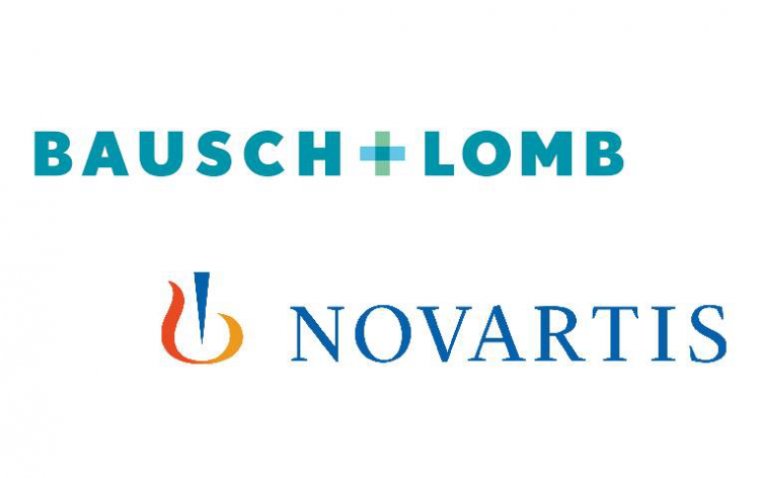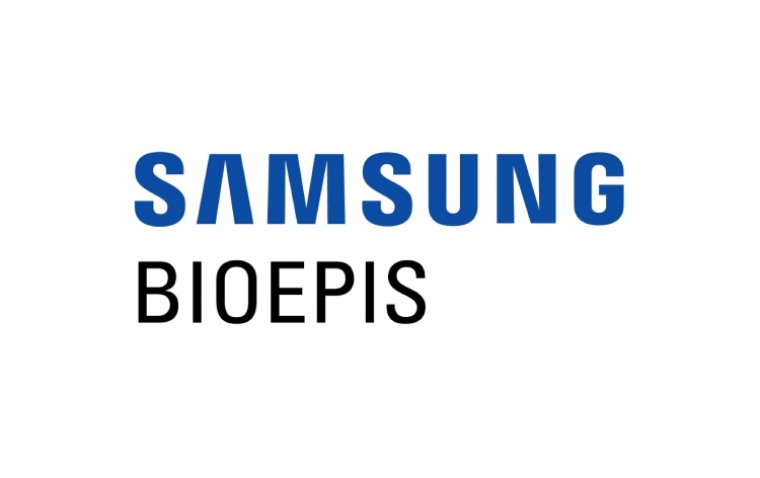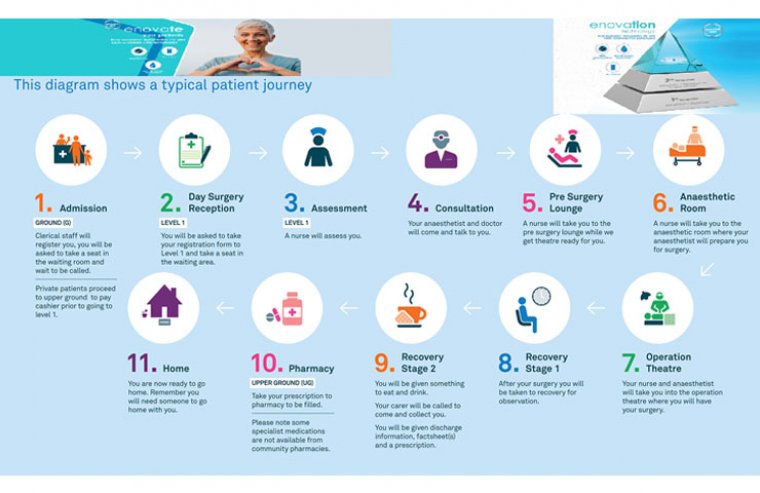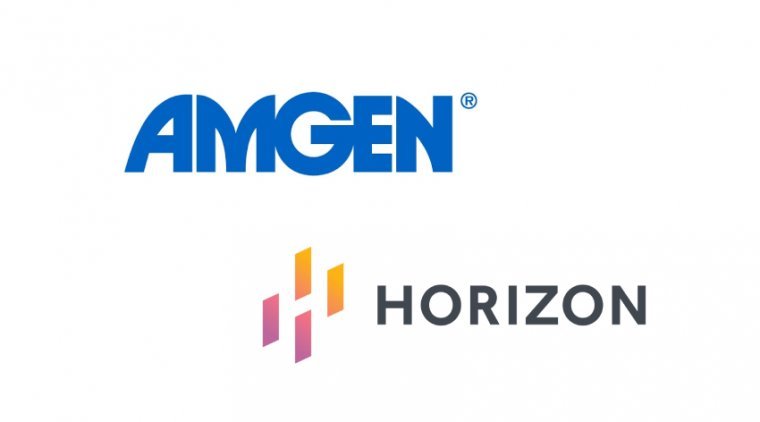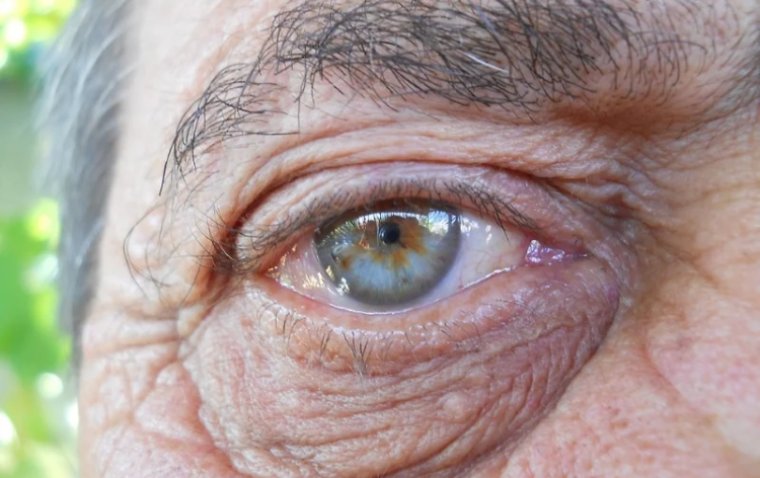
Novel Compound Could Potentially Replace Injections for Wet AMD Treatment
A novel compound, created at the University of Illinois Chicago, holds the potential to provide an alternative to injections for the vast population suffering from an eye condition leading to blindness.
This condition, known as wet age-related macular degeneration (AMD), results in vision impairment due to the uncontrolled growth and leakage of blood vessels at the posterior of the eye. In a recent study published in Cell Reports Medicine, led by UIC researcher Yulia Komarova, it has been discovered that a small-molecule inhibitor can effectively reverse the damage caused by AMD and stimulate regenerative and healing processes.
Furthermore, this medication can be administered through eyedrops, marking an improvement over the current AMD treatments that necessitate frequent injections directly into the eye.
"The idea was to develop something that can be more patient-friendly and doesn't require a visit to the doctor's office," said Komarova, associate professor of pharmacology at UIC.
Komarova's compound specifically targets End Binding-3 (EB3) in endothelial cells, which form the inner lining of blood vessels. In their recent research, the scientists explored the potential of inhibiting EB3 to halt the detrimental leakage associated with wet AMD.
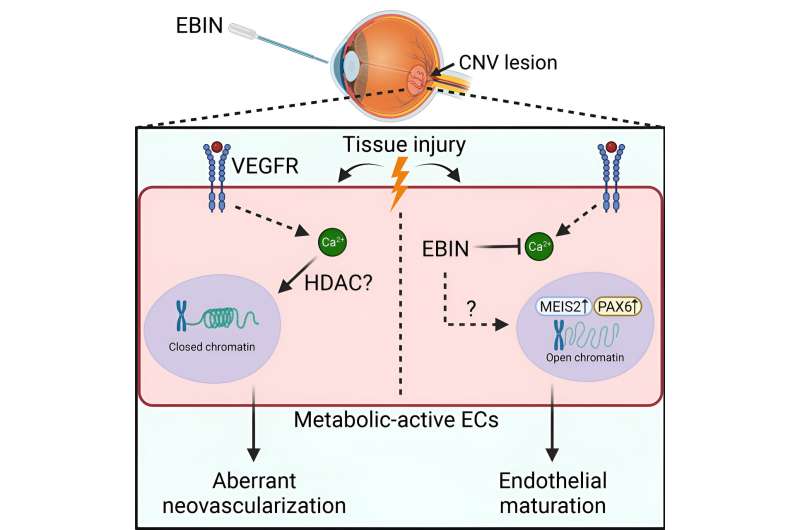
Graphical Abstract. Credit: Cell Reports Medicine (2023). DOI: 10.1016/j.xcrm.2023.101223
Using computational drug design techniques, the team crafted a small-scale inhibitor that could be administered externally through eyedrops, rather than via injection. Subsequently, they evaluated its efficacy in animal models of wet AMD, observing a reduction in eye damage with twice-daily treatment over a span of 2 to 3 weeks.
Upon further investigation, it was revealed that the inhibitor operated by reversing age-related genetic modifications. The aging process triggers inflammation and hypoxia in the eye, resulting in alterations in gene expression associated with the cellular effects and symptoms of wet AMD. Komarova and her colleagues determined that the EB3 inhibitor they developed had the ability to undo these epigenetic changes, reinstating gene expression to a normal, healthy state.
"We reduce the effects of the stressor on endothelial cells and we improve regenerative processes, accelerating healing. That can be tremendous for the function of the cells,” Komarova said.
Due to the role of blood vessel leakage and hypoxic stress in the development of various medical conditions, Komarova's team is keen on assessing the inhibitor in models related to acute lung injury, diabetic retinopathy, stroke, heart disease, and even the broader impacts of aging on the brain. Additionally, they are investigating the possibility of using an implantable lens, akin to a contact lens, as a more efficient means of delivering the drug to the eye compared to eyedrops.
Reference
Quinn Lee et al, End binding-3 inhibitor activates regenerative program in age-related macular degeneration, Cell Reports Medicine (2023). DOI: 10.1016/j.xcrm.2023.101223
*Stay in the loop and make sure not to miss real-time breaking news about ophthalmology. Join our community by subscribing to OBN newsletter now.
(1).jpg)

